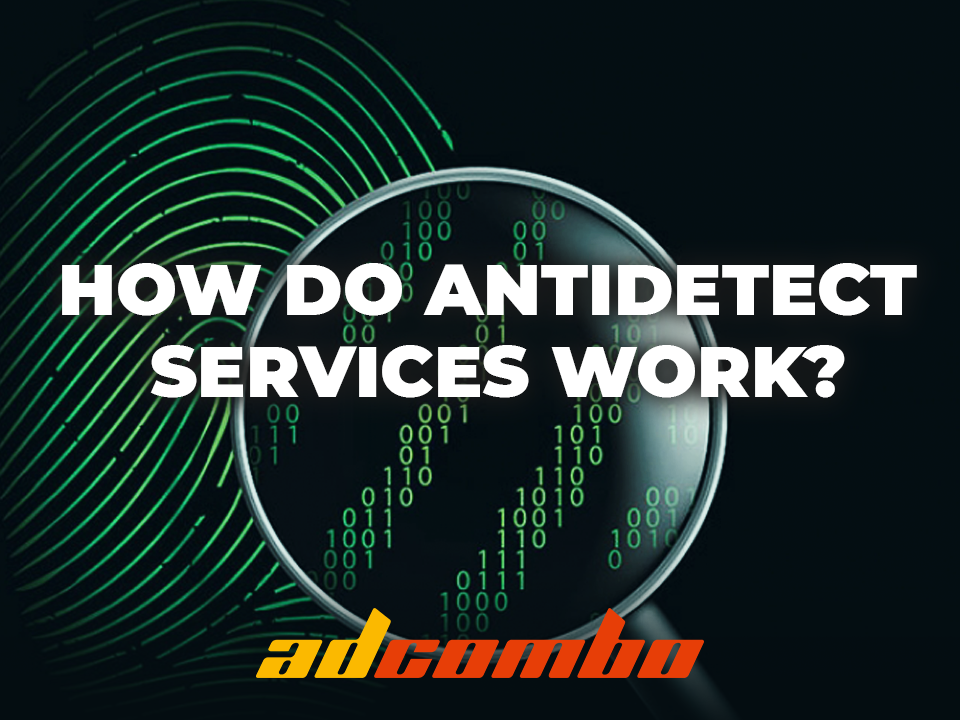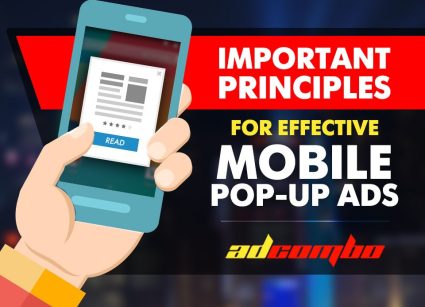-
 AntiDETECTED. Part 301.3.2019Reading Time: 6 minutes
AntiDETECTED. Part 301.3.2019Reading Time: 6 minutesLast times we talked about Facebook User Trust and the way of deceiving the interfaces. Today we will talk about antidetect services and how do they work.
How do antidetect services work?
All antidetect services are built on the open source browsers and are modifications of Chrome or Firefox.
Services differ from each other in the purpose of their use and the original purpose of their development. Geeks, that are obsessed with network security, work with Firefox Portable with installed plugins: Multilogin Canvas Defender; WebRTC Leak Shield; NoScript; User-Agent Switcher and Manager; Language Switch; Clear Flash Cookies; Cookie AutoDelete or Epic Privacy Browser, but it can’t be used for Facebook Ads.
SMM services like swSpyBrowser or MultiBrowser allow to create many accounts at the same time, distinguish between sessions and cookies but they are suited only for spam. It’s not enough for affiliate marketing.
The most relevant and appropriate solutions have been and remain Linken Sphere and Multilogin. These are quite popular options and many people think that they are equal to each other, but on closer examination, however, it turns out that they differ in terms of implementing.
Linken sphere browser is created by a russian developers team. It was created as a solution for online fraudsters to get around the anti-fraud systems (in committing operations with stolen credit cards). It was quite effective and became popular among the affiliates. The Linken Sphere team is loyal to their clients that use the browser for illegal purposes and it doesn’t make the app any worse for Facebook.
The development was carried out from the core of the CEF framework. It’s not exactly a browser but a browser framework for embedding into the other app. However, Linken Sphere became a full browser through the efforts of Tenebris team. You can’t install plugins, there is no auto-complete function and it doesn’t save your passwords (that every browser does) but other than that, it’s the real working browser.

Linken Sphere works on the WebKit engine and it means that Firefox and Internet emulation is not the best idea. The Linken Sphere’s support-managers don’t recommend it as well. Until quite recently, Linken Sphere changed Canvas and WebGL prints at the level of JS (which anti-fraud systems could recognize). But starting with the 7th version, the substitution is built into the browser code natively and invisible for anti-fraud systems. Currently, when you create a system configuration with Google Chrome, Linken Sphere emulates the 63rd version of Chrome (which is not good as we said above).
Currently, there are more than 260,000 user prints in the Linken Sphere database . The public base includes 60,000 free prints and more than 200,000 sell for $3 each (and each one of them is for one person). Unfortunately, we didn’t have an opportunity to network with representatives of the Tenebris team, so we can’t say where the fingerprint database comes from. The updating of the database occurs one or several times a month. Public (free) prints are not good for working with Facebook Ads. You got to buy a new print for each new account.
The diversity of settings in the interface gives an opportunity to flexible set configuration to get a fingerprint. However, nobody can tell for sure how viable each generated configuration will be.
Of course, there is a bad part too – you can’t share the generated profiles with your friends and partners and can’t run the same copy of the program on different devices. By the way, many teams have so-called farmers – their main task is to prepare profiles for working with CPA-offers. Launching accounts isn’t farmer’s work, they only prepare accounts for work. The transfer of these accounts from farmers to buyers in Linken Sphere is a big problem. To work as a group of 5 people You need to buy 5 six-month copies of Linken Sphere at a price of $ 500 USD per subscription for a group of 5 people.
However, Linken Sphere offers some interesting and useful tools:
- Web Emulator. It is a mechanism to automate current tasks, aimed to improve the convenience and quality of obtaining the necessary cookies in sessions. It’s able in a multi-threaded mode to visit automatically the specified websites, being on the necessary number of pages during the specified time;
- Converter that allows you to upload collected cookies from a real browser to the Linken Sphere emulation;
- Paste-like a human. This function is designed to speed up copying without attracting the attention of AF systems. The built-in mechanism performs insertion from the buffer using random delays between inputs, thereby repeating the usual human input.
There is a trial version at a good price of $ 30 USD for 7 days. A week is enough for you to understand if you need such a service or not.

The Multilogin browser fingerprint platform is supported by a team of developers from Estonia. There are two available browsers: Stealthfox and Mimic , created on the basis of Firefox and Chromium. Initially, Multilogin was created as an app for managing multiple accounts in social networks and worked only with Firefox. Later, developers added some new anti-detection features and Firefox was replaced by the more advanced browsers. The transformation of the antidetection configuration interface from the browser to a separate app allowed the developers to solve problems with the interface complexity.
Multilogin can’t fully imitate the Safari browser, but it can emulate MacOS using Chrome and FireFox as browsers. Moreover, development on the basis of full browsers makes possible to add such features as installing plugins, auto-complete function and an ability to save your passwords. It is the best option if you are going to work with accounts for a long time.
The substitution of Canvas and WebGL prints occurs natively in the browser code, without using JS. Multilogin adds noises to the Alpha channel of the image color in Canvas. Moreover, it is considered that such a method can’t be detected by the identification systems. Today Multilogin uses 68th version Chrome engine (current version is 71) and so prints get the devices’ configuration from 68th to 71st. And these data comply with the current Multilogin database of its own prints.
Yes, Miltilogin has its own database of real user prints, which is updated in real time. Of course, the developers refused to tell the resources that collect prints, but hinted that these are the “entertainment segment” sites (not the ones with adult content). Moreover, Multilogin not only collects and constantly updates the current database of prints. Along with this, the indicators of the prints’ uniqueness are continuously being analyzed (as on https://browserleaks.com/canvas). And the distribution of prints is based on the user’s filters, collected analytics and the statistical probability of getting a print.
There is a pleasant bonus – the opportunity to work as a team and freely use the fingerprints of the “farmed” profiles on different machines within the same team. Buying a bunch of subscriptions is not necessary, just take the more expensive fare. And this is where Multilogin wins Linken Sphere, but the marketing element makes Linken Sphere the more popular solution.
Since Multilogin is being developed solely as a solution for Internet marketing, you will not find WebEmulators or other tools for illegal actions here.

Finally, let’s talk about price. Multilogin has a free trial period of 14 days. Since Facebook cookies are stored on the unknown devices for exactly 14 days (Before registration. If the device didn’t register or login to the system, this set of cookies will be deleted and overwritten), you have enough time to blind the account and launch an ad campaign.
We want to note that this article doesn’t aim to designate one solution as the best. This guide has only educational (not advertising) purposes. The publication doesn’t contain any advertising links or calls for the acquisition, only analysis.
Also, we do not urge anyone to use the above software for illegal and fraudulent purposes.
Finally, the topic of identifying users on a network can be much broader and deeper than we understand it. If you have any questions or comments – please post them in a comment so we all can study the question more deeply and more expertly.



I read the 3 parts, not sure if i understood everything.
So with this browser you can create a fake account in FB and make FB think it’s a good one, i got it right?
Once you have the account create it how can you run campaigns in facebook whitout getting BAN?
thanks for your articles.. this help me disable web rtc , canvas fingerprint and now facebook dont detect me… congratulations for articles anti detected.. 🙂 (y)